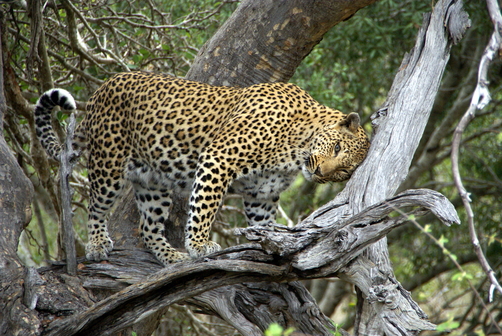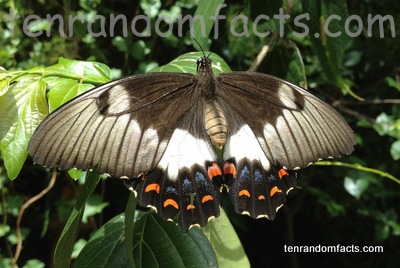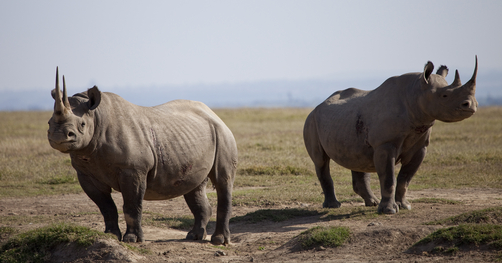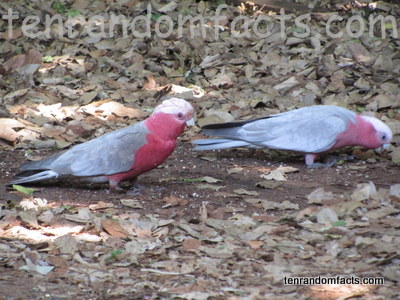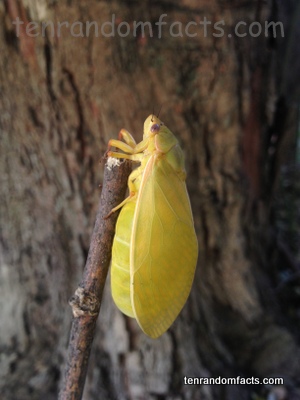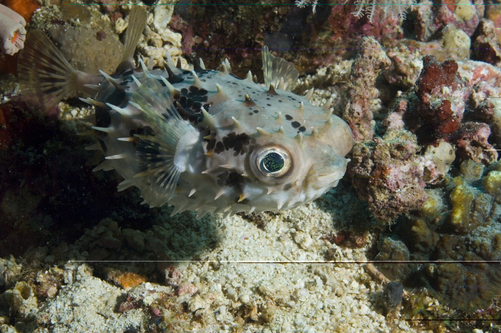
This pufferfish will pop like crazy.
- ‘Pufferfish’ are also known as ‘puffers’, ‘blowfish’, ‘toadfish’, ‘bubblefish’, ‘balloonfish’, ‘swellfish’, ‘sea squabs’, and ‘globefish’.
- ‘Pufferfish’ is the common name of the fish that belong to the ‘Tetraodontidae’ family, and are part of the Tetraodontiformes order, which contains fish that are ray-finned.
- Pufferfish include 19 genera, covering 120 different species, that are mainly found in the tropical oceans, and depending on the species, sometimes in fresh water rivers.
- Pufferfish expand their stomachs when chased or provoked by inhaling water and air, making them much larger than their normal size.
- Pufferfish are generally extremely poisonous, often described as the second most poisonous vertebrate, with the deadliest parts being the organs and sometimes skin, which contain the poison tetrodotoxin.
Pufferfish Image courtesy of National Geographic
- Depending on the species and environment, pufferfish can change their coloured appearance, and most are normally a dull colour.
- One of the main systems of defence of a pufferfish is it’s rudder like tail and ability to move at quick bursts, even though they generally swim very slowly.
- Although pufferfish are usually highly toxic, Japanese, Chinese and Korean chefs make carefully prepared special dishes using the meat that is considered a delicacy, however a single mistake in processing can cause fatal poisoning in a consumer.
- Pufferfish species vary in colour, can be as small as 2.5 cm (1 inch) or can grow up to one metre (three feet) in length, and may have spines or spikes that can be poisonous and not visible unless threatened.
- Pufferfish are carnivores and mainly consume water creatures, algae, and sometimes shellfish, that they use their tough teeth to crush.
Bibliography: Pufferfish, 2013, National Geographic, http://animals.nationalgeographic.com/animals/fish/pufferfish/
Tetraodontidae, 2013, Wikipedia, http://en.wikipedia.org/wiki/Tetraodontidae






